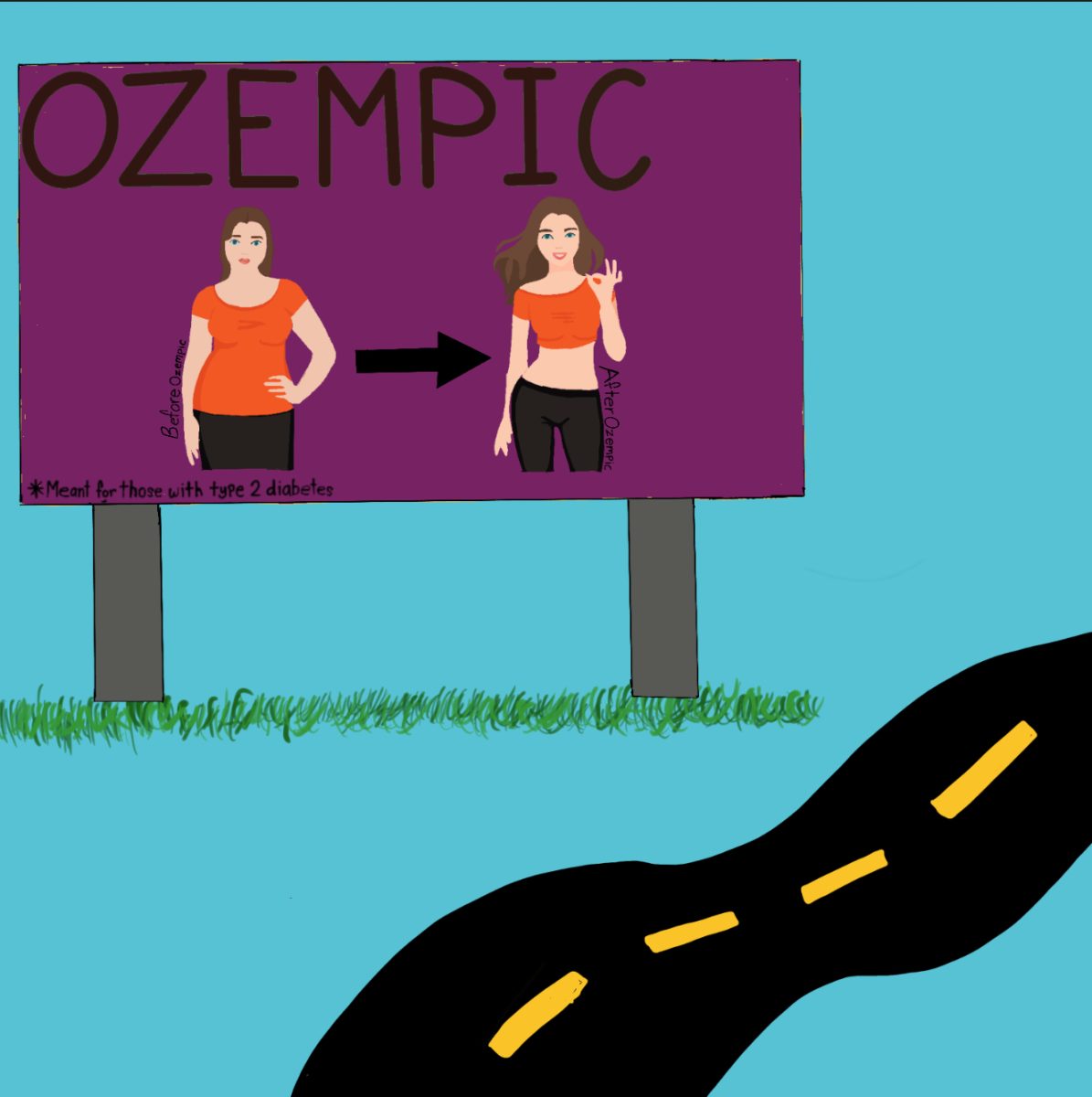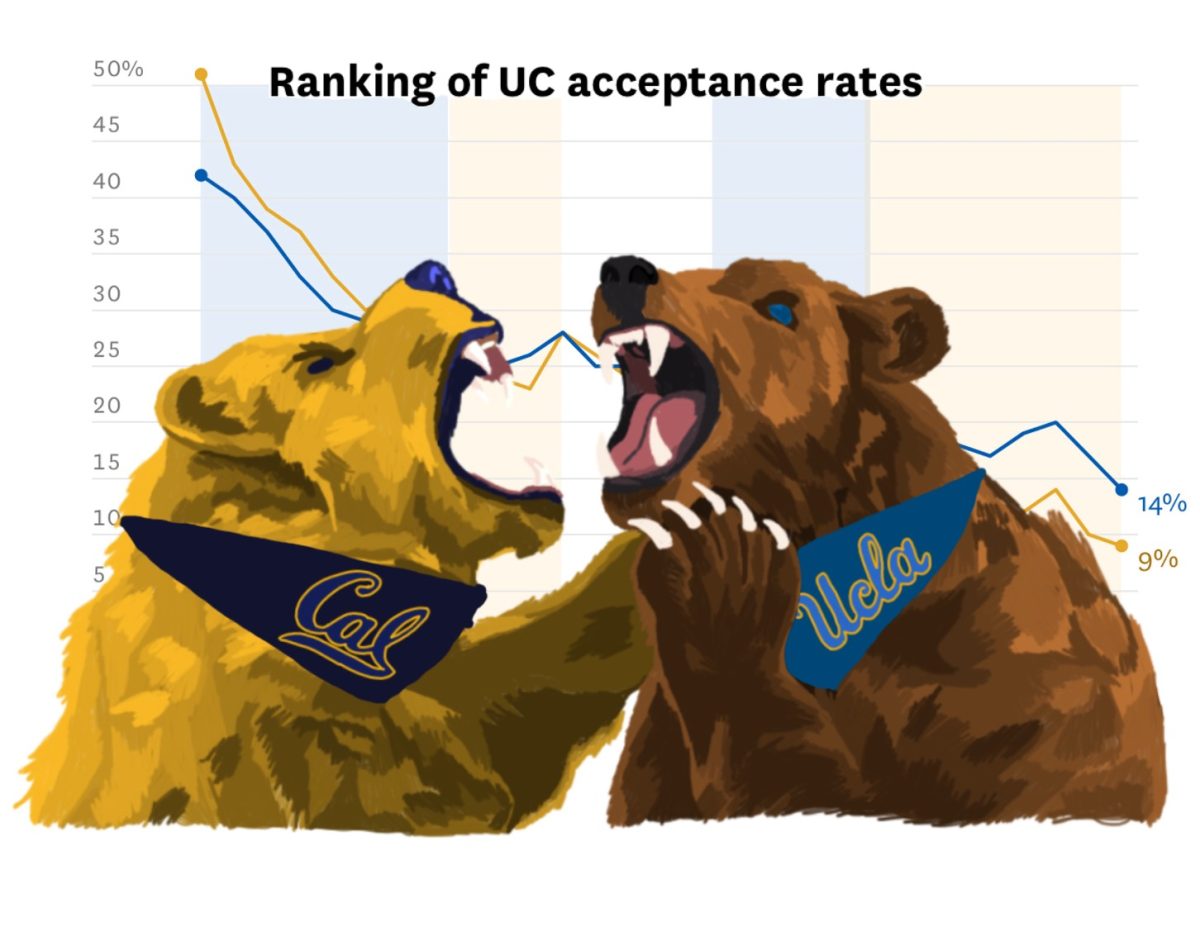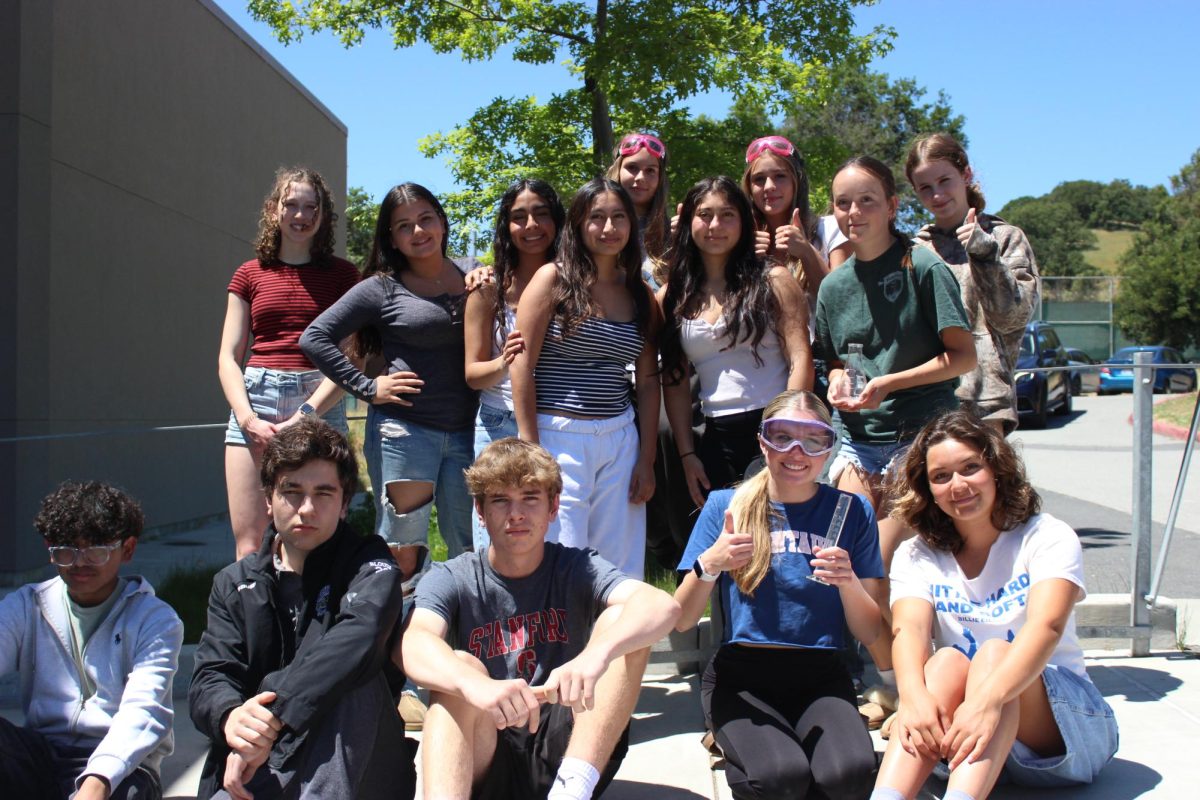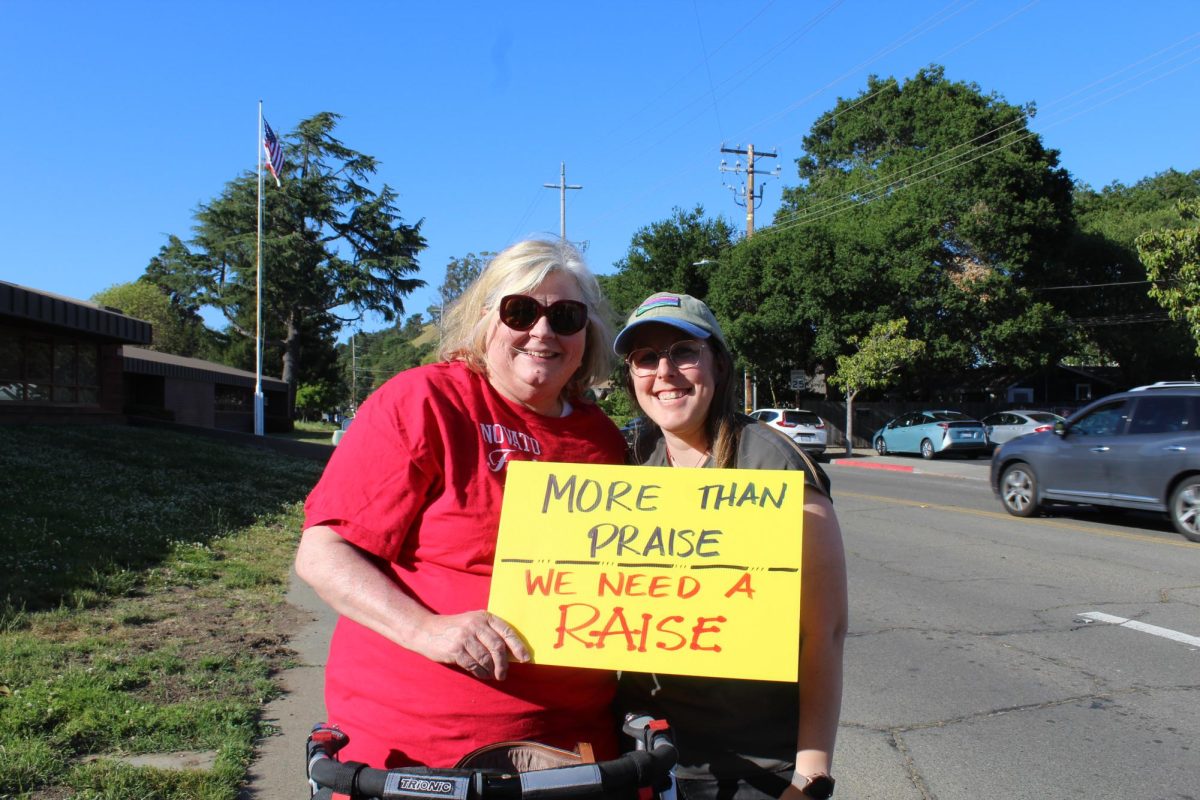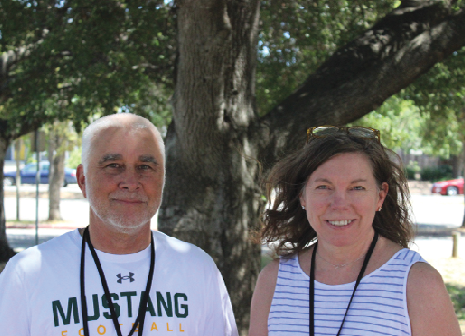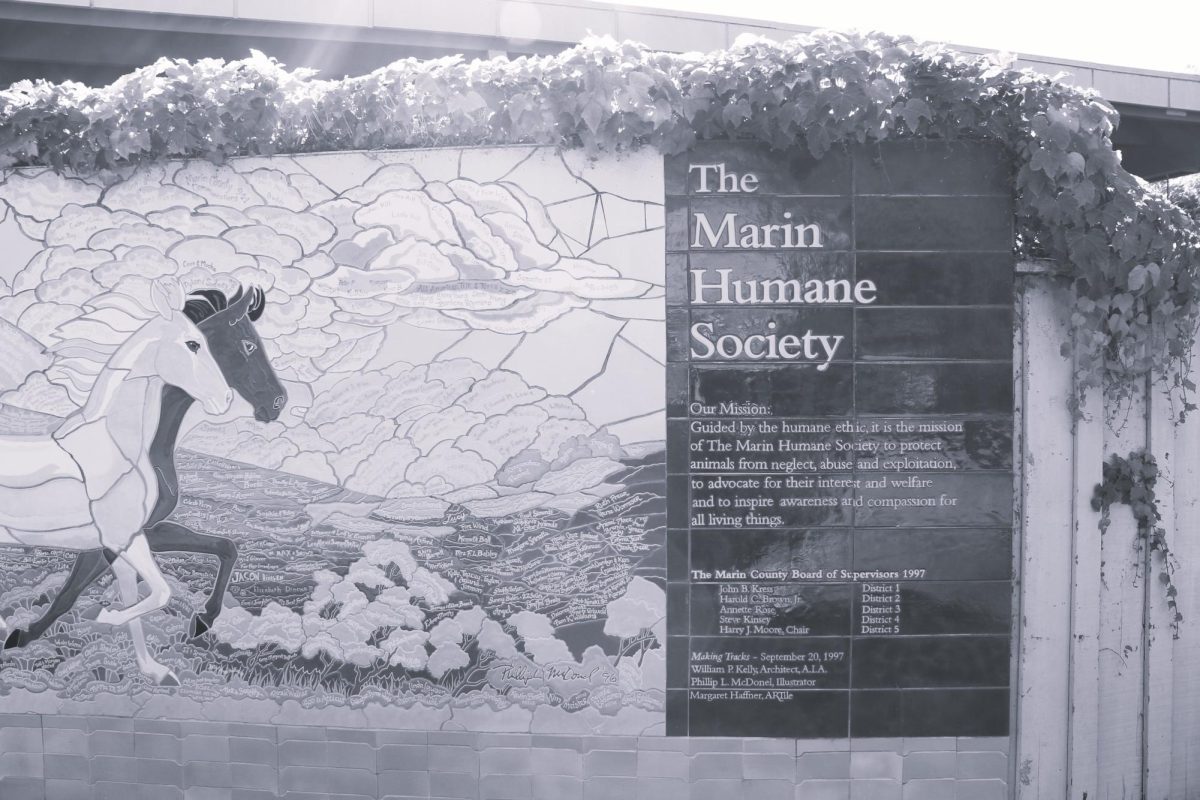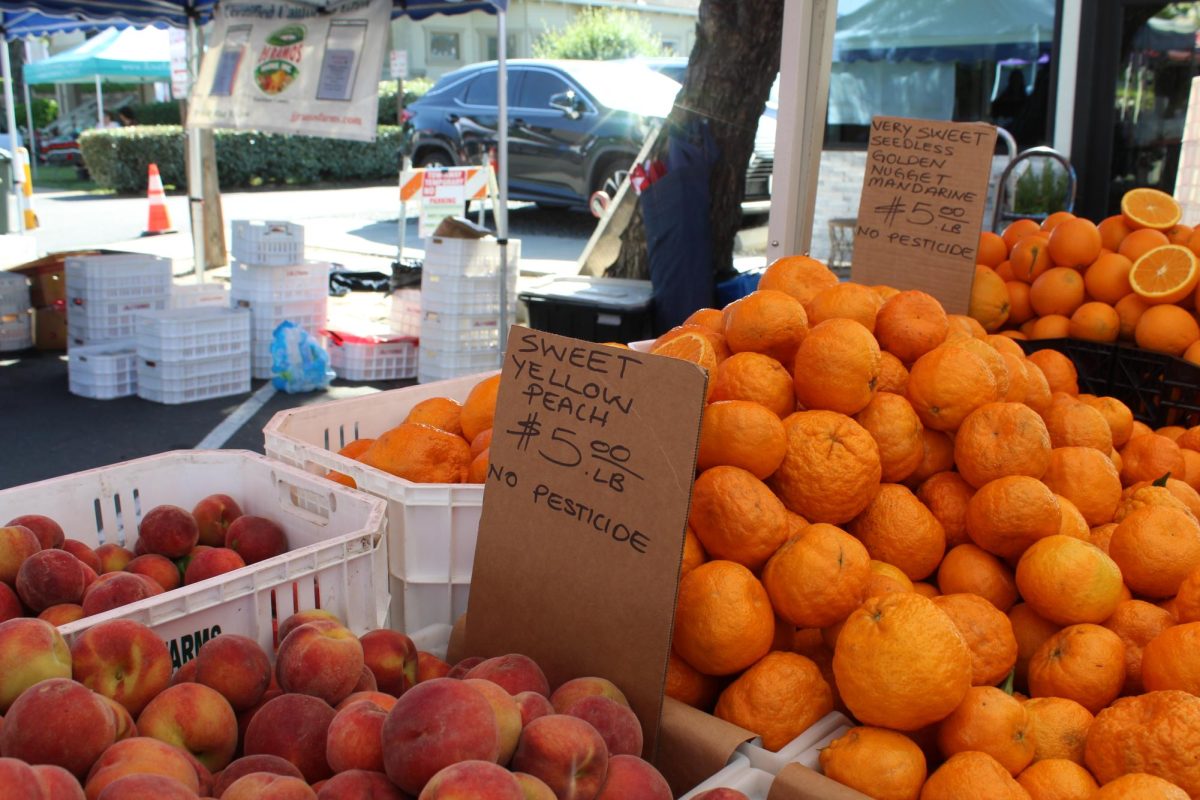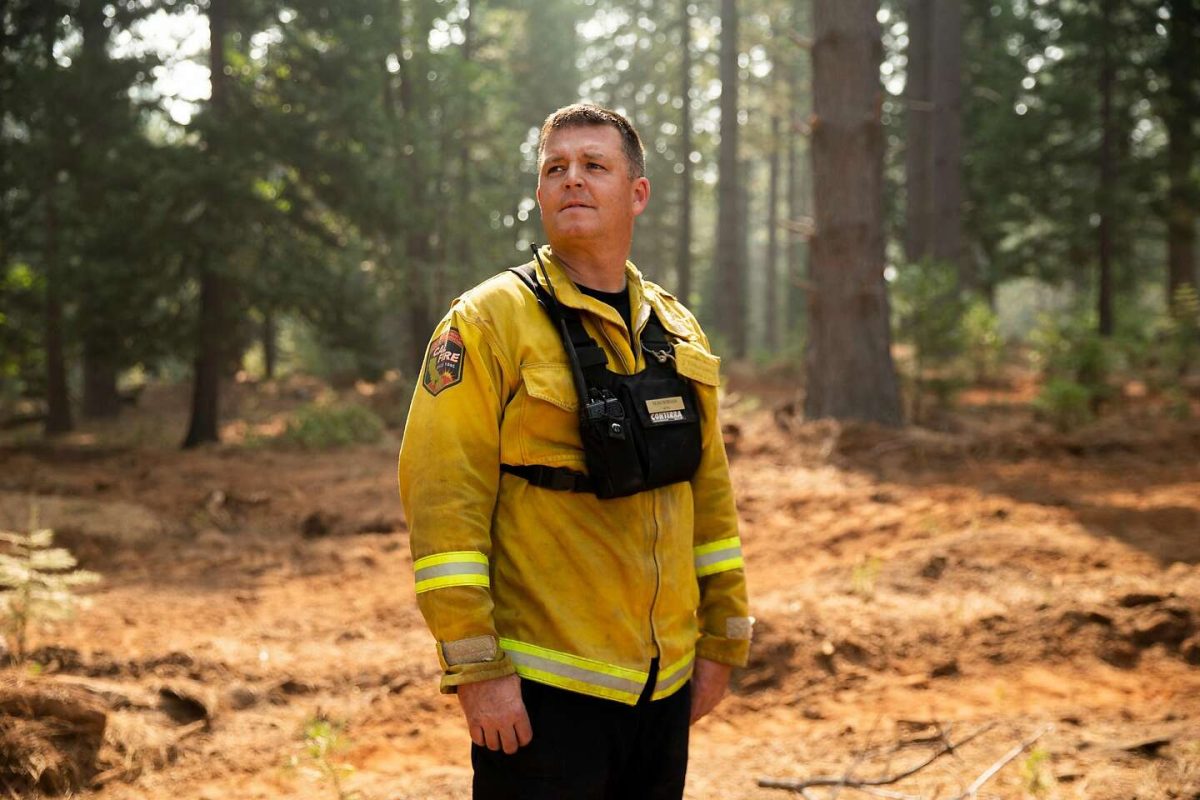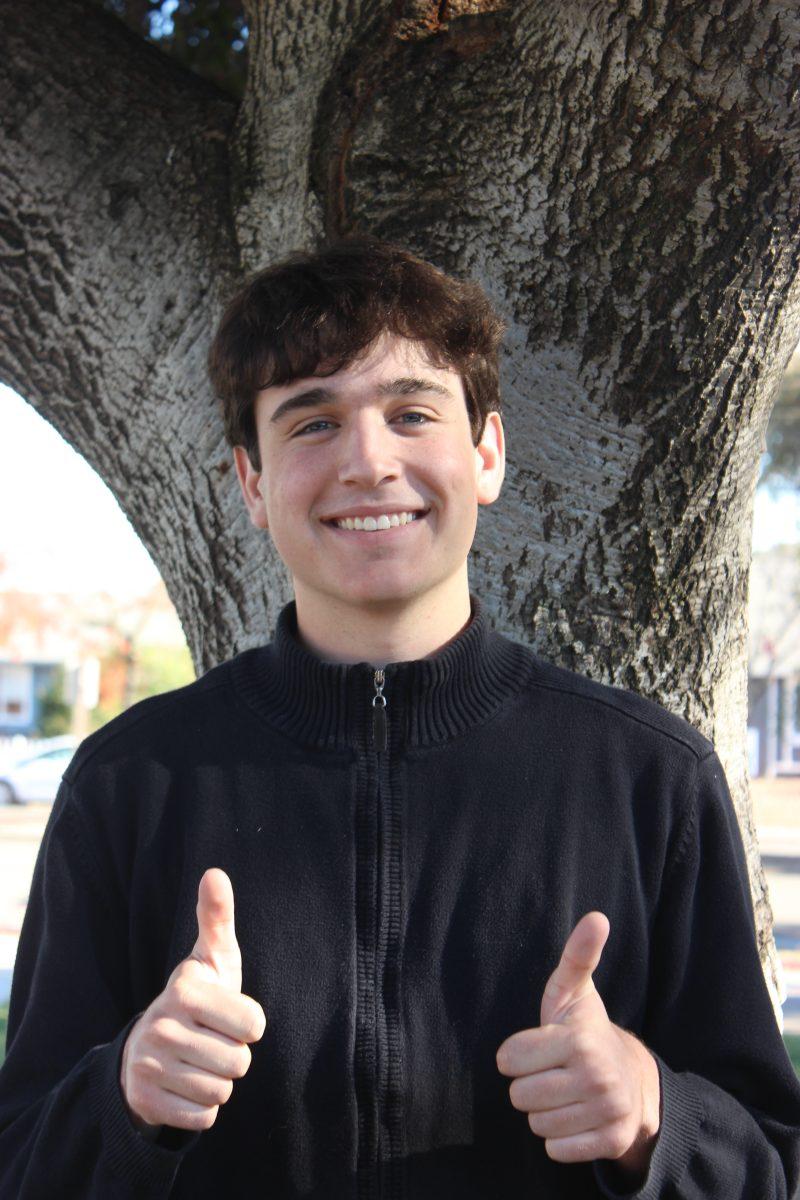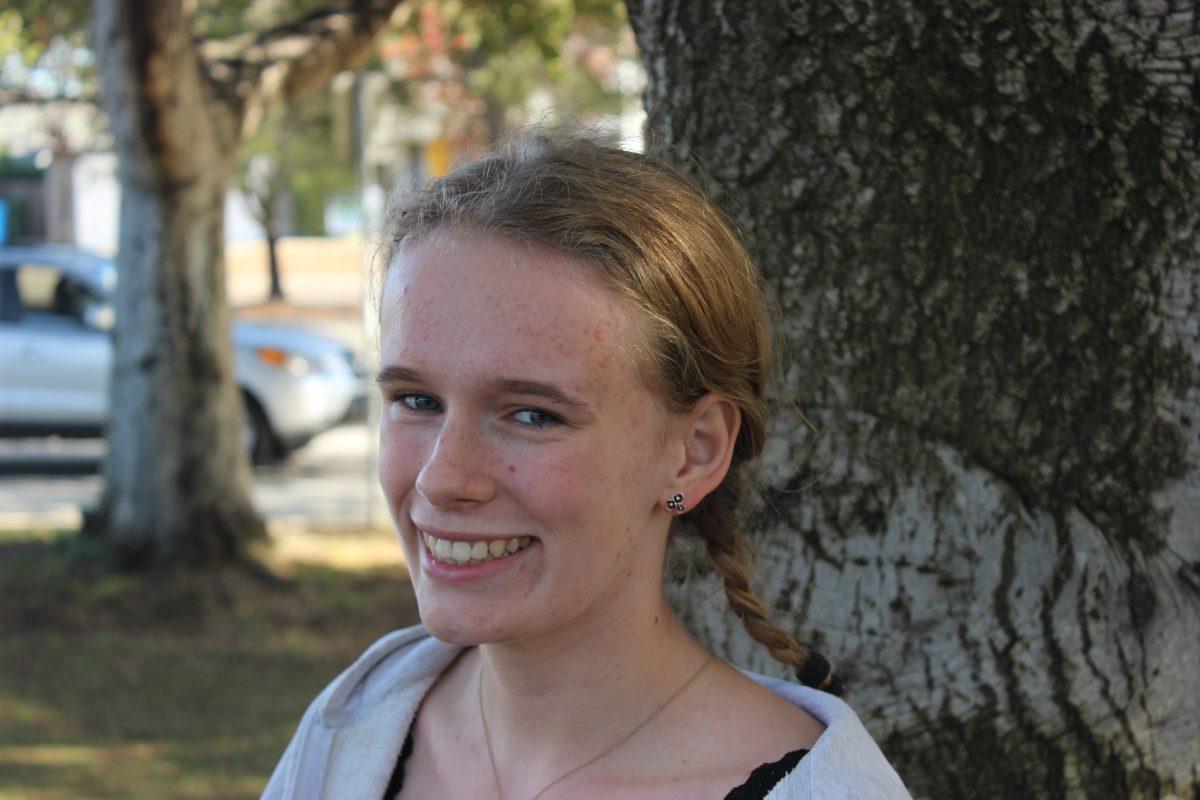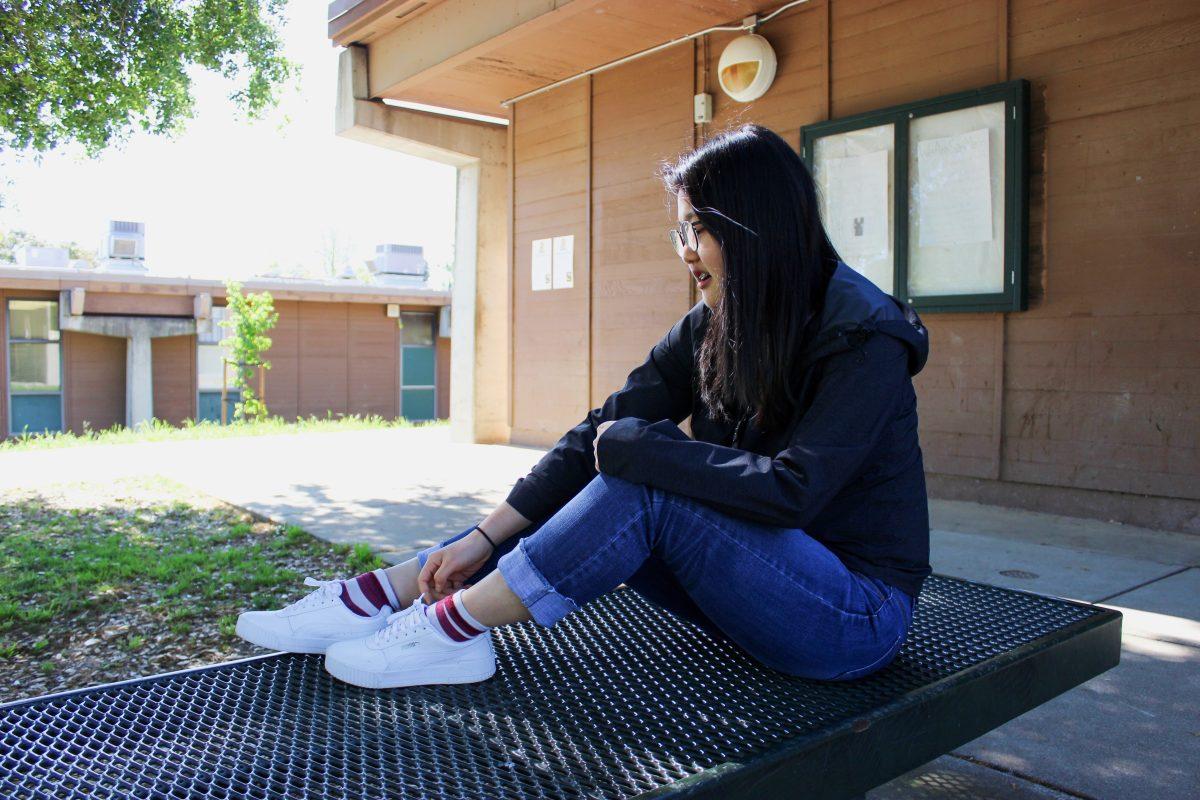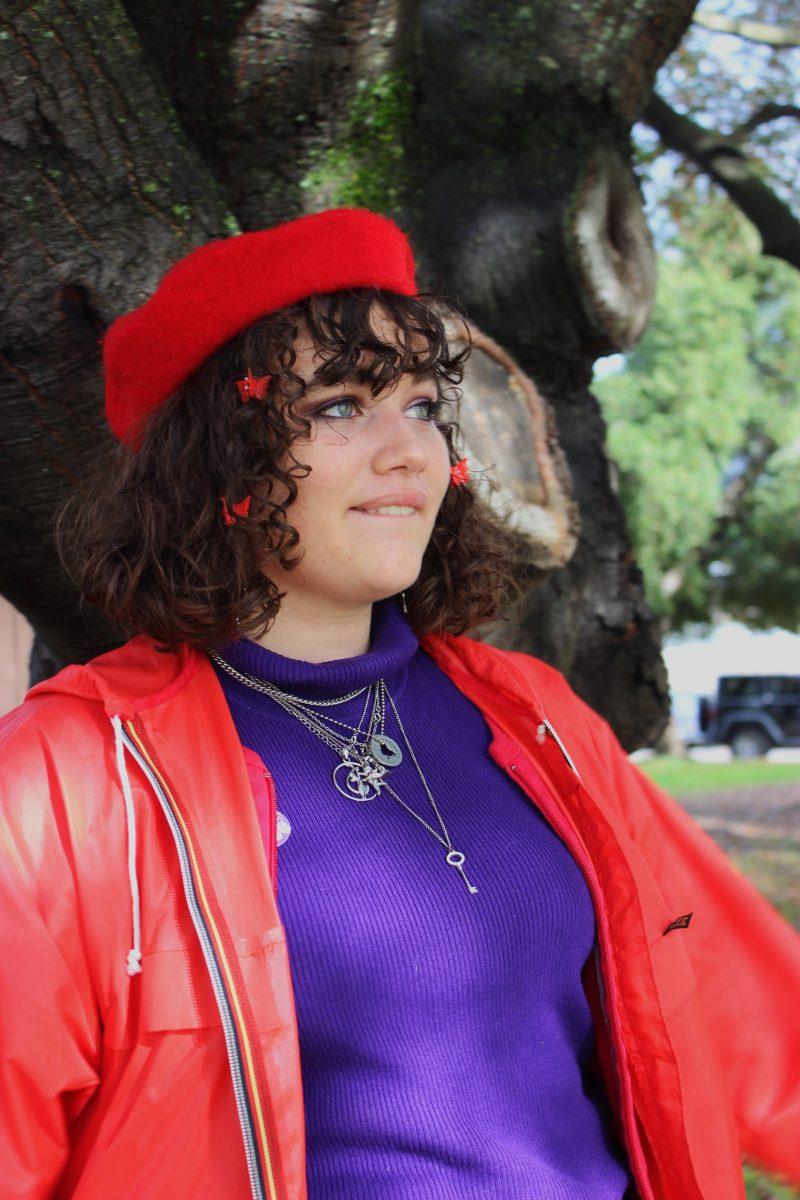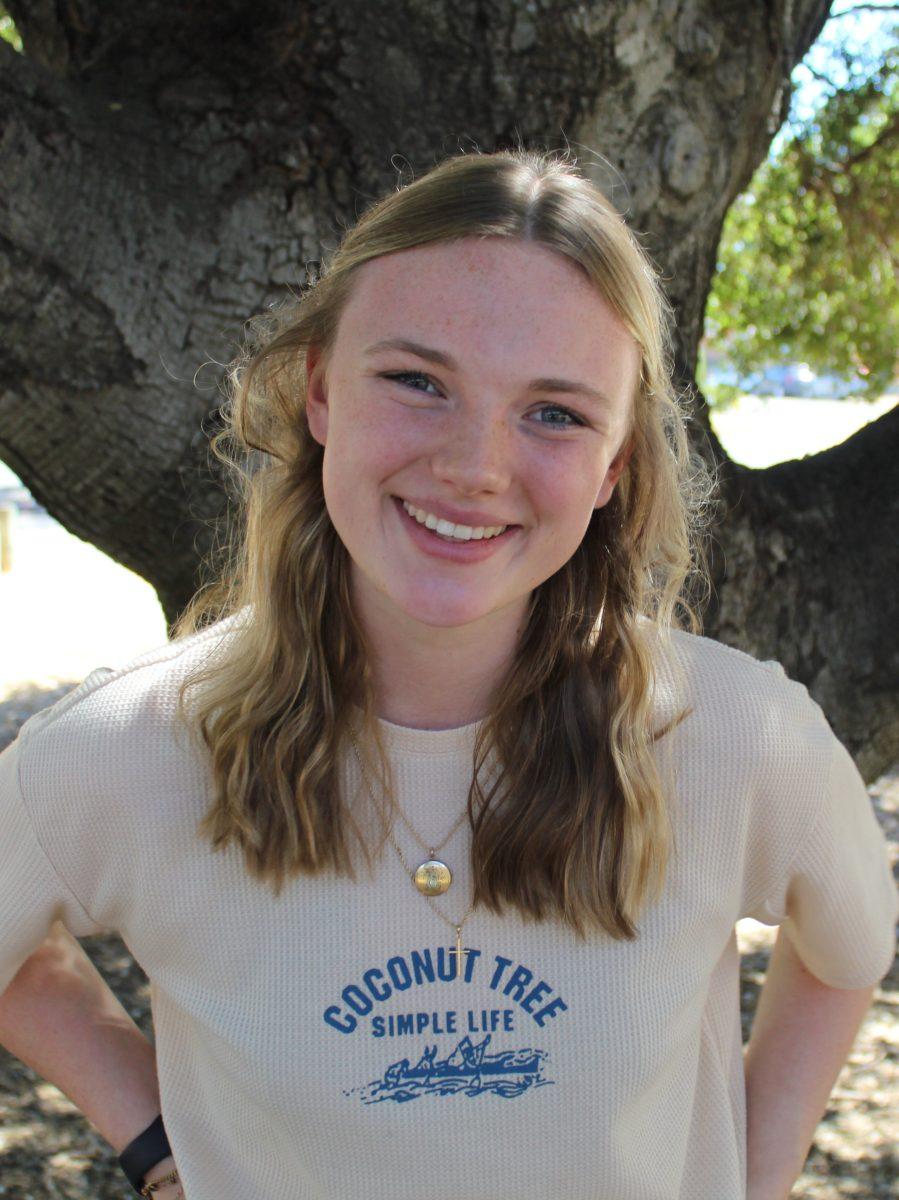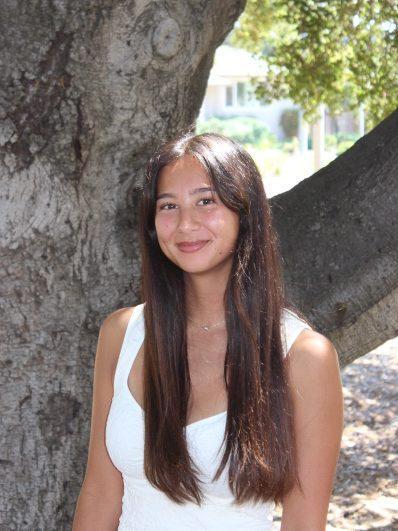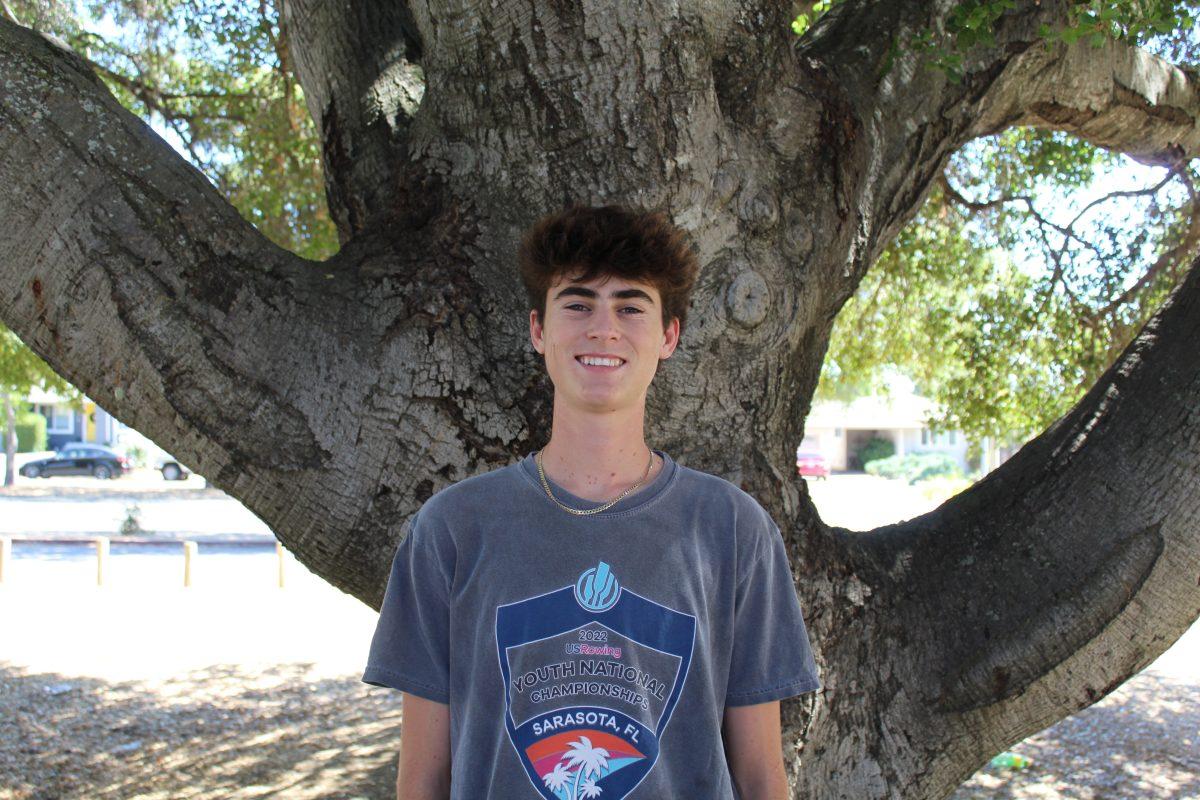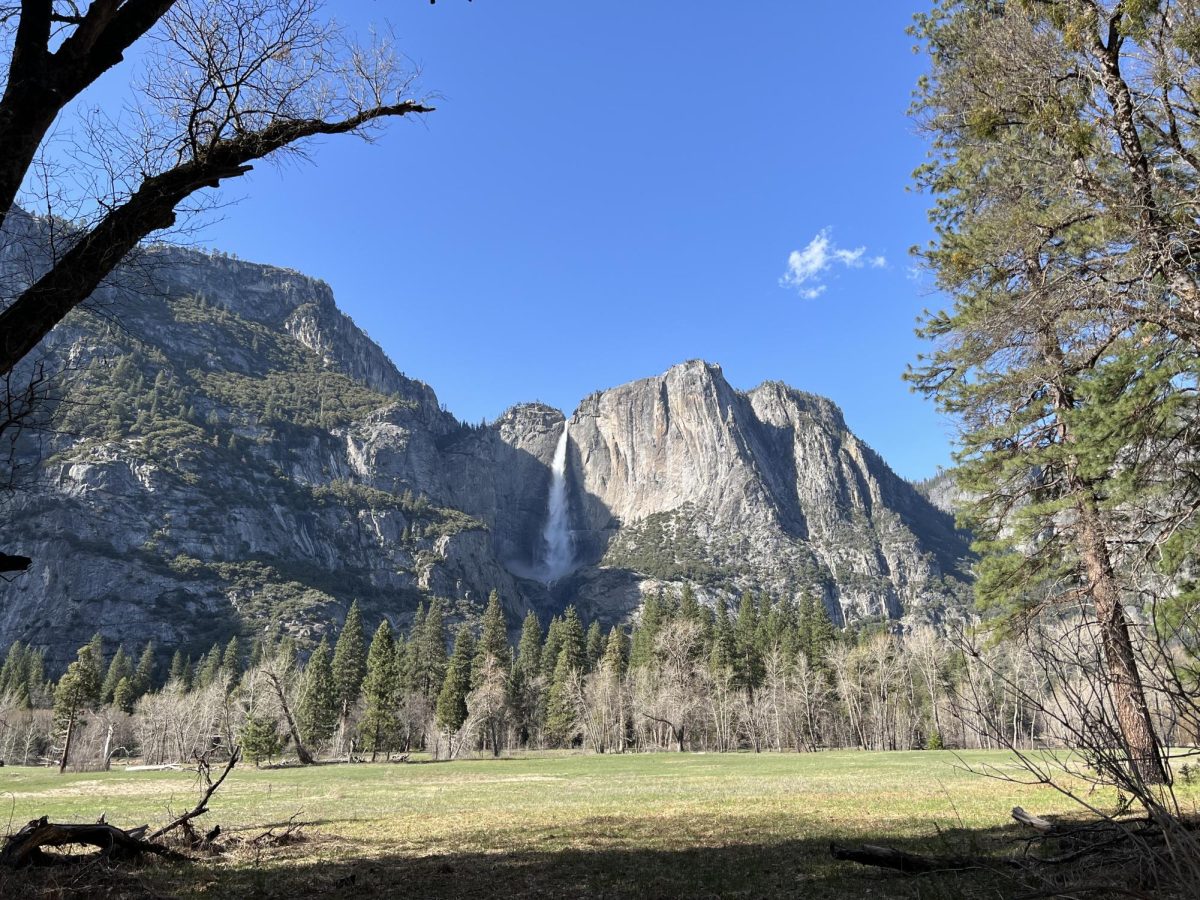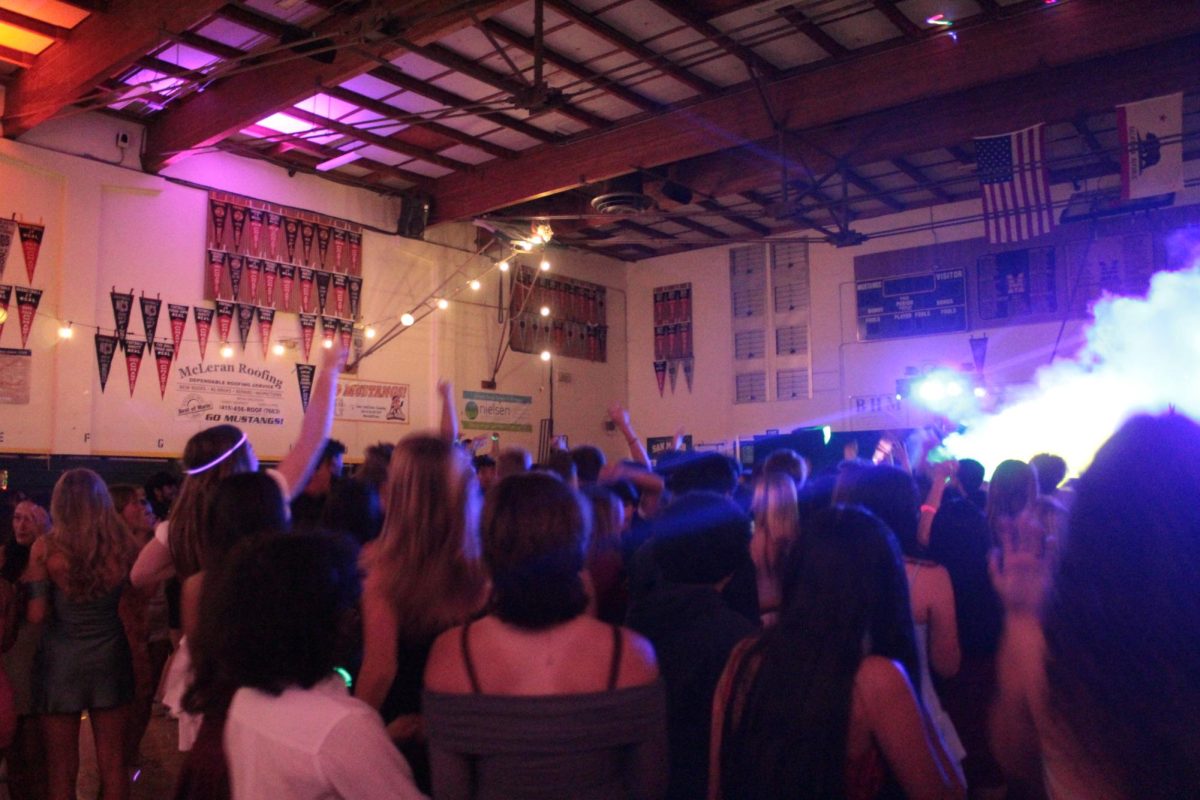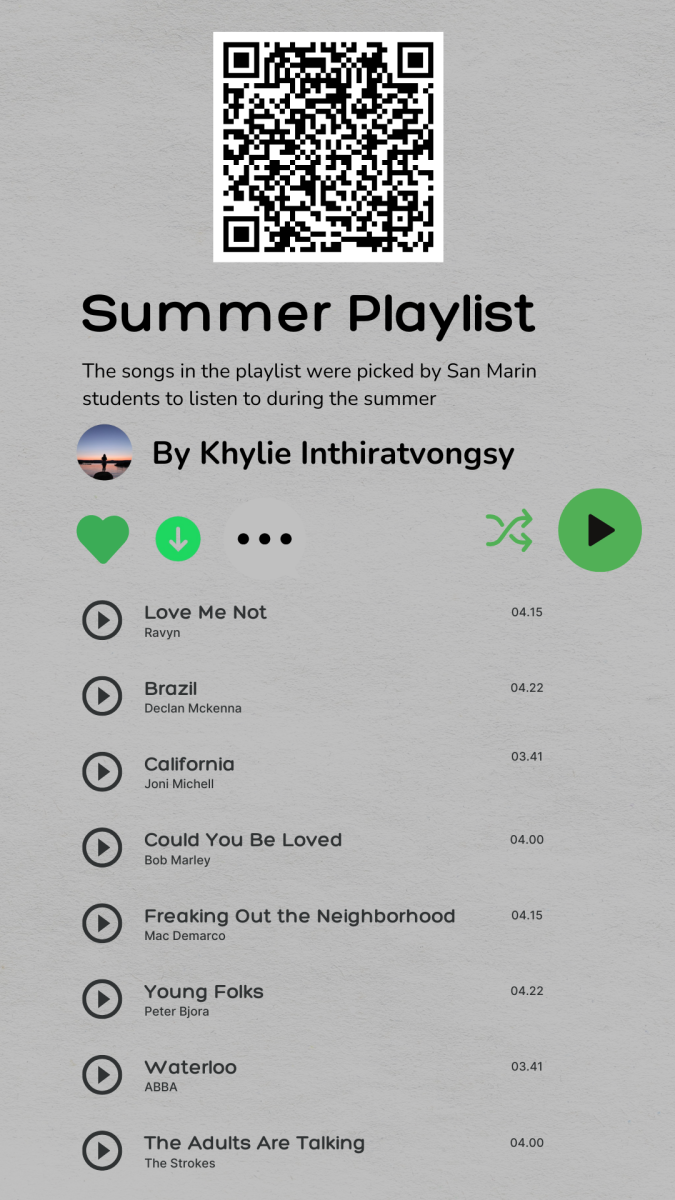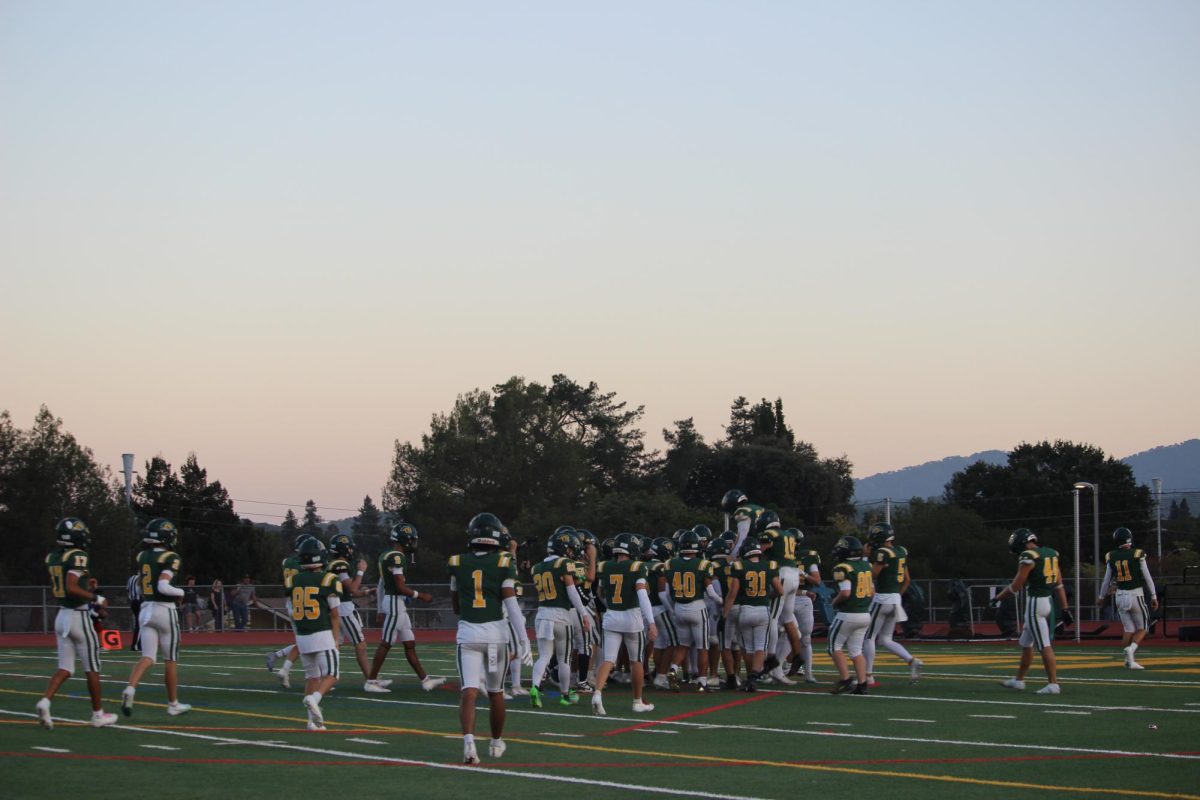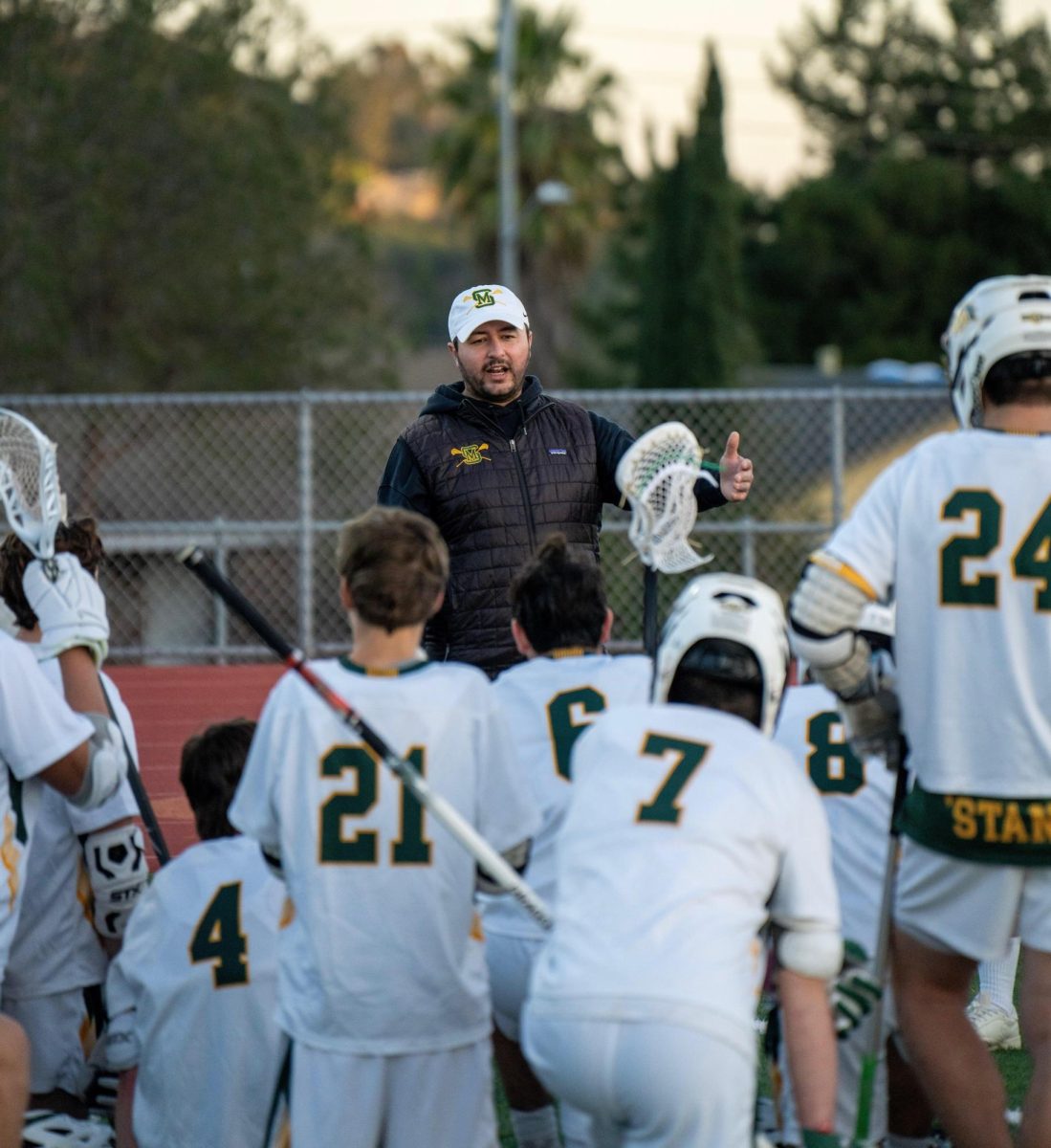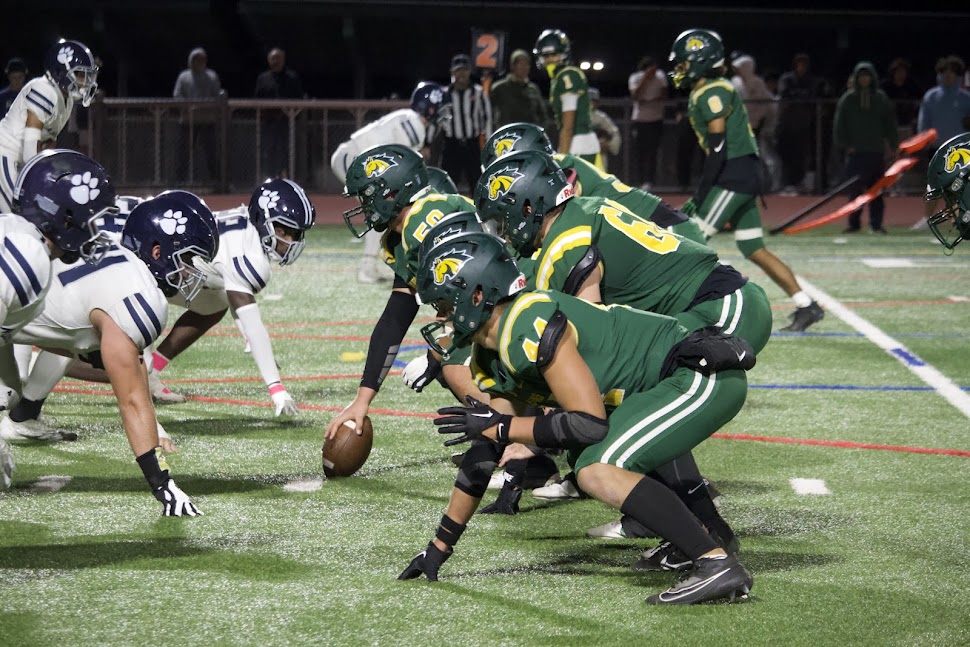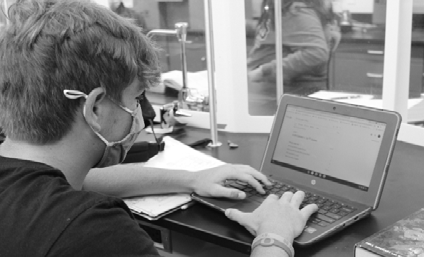Due to the decrease of Covid-19 cases and the rollout of vaccines, the San Marin community returned to campus adhering to a“ typical schedule” for the first time since Mar. 2020. After an atypical 2020-2021 school year both virtual and in-person, a common consensus between students, teachers, and administrators appears to be that there is general excitement and an overwhelming happiness to be back on campus.
The schedule reinstated for the 2021-2022 school year has classes beginning at 8:30 A.M. and ending at the latest 3:45 in the afternoon. This sharply contrasts with last year’s “4 x 4” schedule where days were shorter. These changes have impacted students, with many still trying to adjust being thrown right back into the fast pace of high school life.
Sophomore Charlie Singleton admits that juggling extracurricular activities with time to do school work has been a difficult adjustment.T he last time Singleton attended classes in person, he was still in middle school. Singleton shared that getting used to the pace of high school is difficult because of all that he is doing on campus.
“Taking seven classes which include BioTech courses and multiple AP’s on top of playing football has required me to make some changes with how I use my time,” Singleton said.
Sophomore and junior English teacher, Shannon Ward, shared that she noticed the transition from online school to in-person school being difficult for students. The changes have also brought on a heavier workload, which is something that both students and teachers are still learning to adapt to.
“Teachers and students alike are learning how to balance [going from] three periods a day to six or seven,” Ward said. “I’m thinking about what changes I need to make now that I know students are dealing with this adjustment.”
These changes are not subjective to certain classes. Biology teacher Jennifer Carlomagno had similar issues within her classes. For all of Carlomagno’s students, she is focusing on group development and teaching organization skills before immediately assigning homework.
“I am emphasizing group development and trying to gauge all of my students’ needs,” Carlomagno said. “And for my AP Bio students, we did a little team building, but more importantly I have needed to give them a calendar to manage their assignments.”
It seems as though both students and teachers are learning how to navigate the new school year in order to accommodate and compromise everyone’s needs.
“I think it [can] be harmful to ease [students] into too much because it is our job as teachers to teach them, however I am trying to decide how much work I want to give and how much to cut down,” Ward said. “As more teachers start assigning more homework I think I will be feeling stressed energy from students.”
Junior Olivia Cadaoas shared that the most difficult part of the transition back to school is the workload because she feels teachers are increasing the amount of school work they are assigning. Cadaoas has placed an emphasis on the importance of communication throughout the school year.
“It would be nice if teachers are open to the fact that they may need to make some changes to their lesson schedules in order to accommodate all students,” Cadaoas said. “Most of us have jobs and other obligations that we have to do and it would be nice if teachers would consider that with homework and other assignments.”
Aside from causing significantly buisier schedules, being on campus has allowed students to experience the social interactions and classroom collaboration that virtual learning lacked.
“Last year was super weird and challenging socially over Zoom, so it has been great to just be in an environment where we can learn and talk with each other,” Cadaoas said.
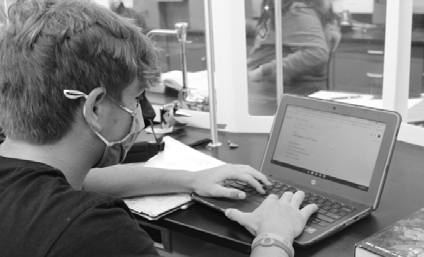
year’s atypical schedule, he is fully in-person.

